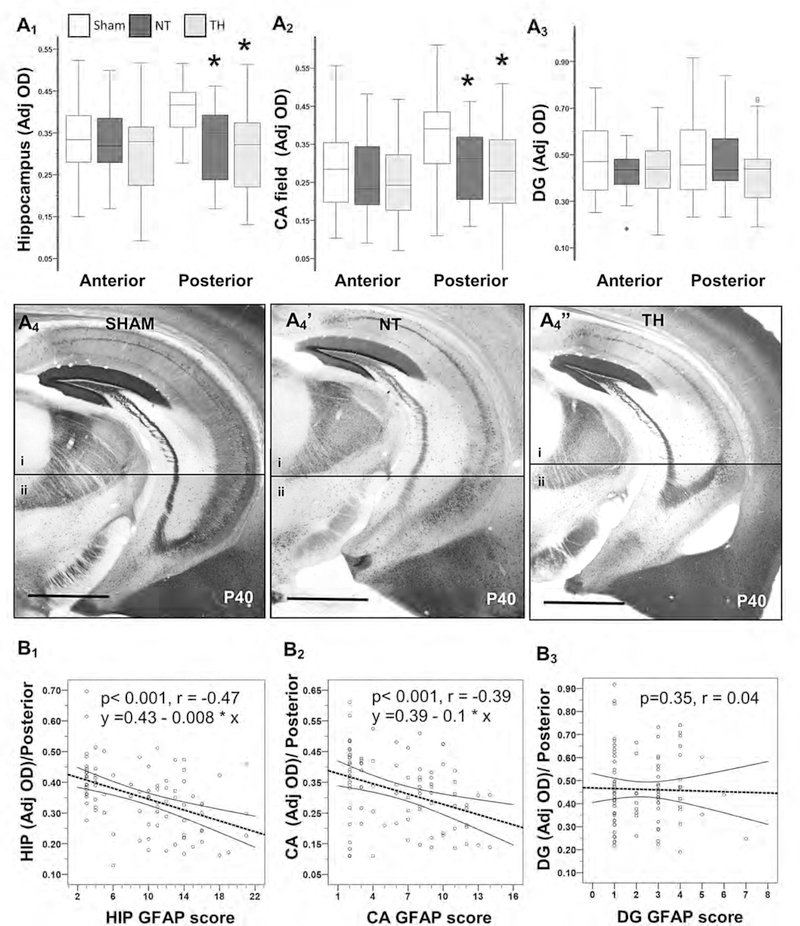Figure 3. Persistent Calbi deficits in the hippocampus in posterior coronal sections following HI linked to persistent astrogliosis at P40.
Box and whiskers plot represent mean optical densities (OD) adjusted for background for Calb1 immunoreactivity in whole hippocampus (A1), CA field (A2), and DG (A3) in anterior and posterior coronal sections. Boxes are limited by the 75th and 25th percentiles (interquartile range, IQR) and whiskers are limited by the last data point within 1.5 times the IQR from the median (continuous line inside the box). Analysis by Kruskal-Wallis ANOVA with Dunn-Bonferroni correction; *, adjusted p-value <0.05. Representative Calb1 IHC hippocampal section in posterior brain sections of sham (A4), NT (A4’), and TH (A4”). Bar, 1000 μm. Two photomicrographs (4X) of the hippocampus (i and ii) within posterior coronal sections were used to compose final figure (A4). Calb1 expression in the whole hippocampus (B1), CA field (B2), and DG (B3) of posterior coronal sections were correlated with their respective GFAP score. Spearman correlations were applied. Continuous line represents the predicted linear regression and discontinuous lines represent the projection to the 95% confidence interval. p-value < 0.05 were considered significant. CA, cornus ammonis; DG, Dentate gyrus; GFAP, glial fibrillary acidic protein; HIP, hippocampus; NT, normothermia; Post, posterior; TH, therapeutic hypothermia.

